As an entrepreneur you also want to keep abreast of your company’s worth. Determining this in itself is a complex process made up of many different attributes. So in this installment, the focus will be: Competitive Advantage.
Competitive advantage is the attribute that allows as organization to outperform their industry competition. Having a clearly defined competitive advantage helps pave the road towards a strong market position, creating a sustainable business model, enabling strong margins, proving the ability to scale up or down, and more.
Before you can start to work on creating an Competitive Advantage, there are 3 key points that you need to know.
- Who your target customers are.
- What is the true benefit that your customers get from your product or service.
- Who are your competitors and what are they doing.
You need to know these things in order to demonstrate to the market how your product or service creates more value to your customers than your competitors do.
Porter highlighted 3 main ways companies can achieve a strategic competitive advantage.
- Cost Leadership: Offering a valuable product or service at a lower price than the competition. Being able to apply this strategy when your business is still new can be difficult. Part of the reason that larger companies can keep their cost low is because their sales can already justify buying product in bulk and taking advantage of the bulk pricing. Something that can be applied to a business that is still in it’s growing stages is to keep a tight rein on overhead costs. Make sure that you can keep your operational costs and low and consistent as possible. This will help reflect a lower cost to your customers, and help them be more willing to come to your over the competitor. That said, don’t be tempted to let the quality drop for the sake of less expensive costs. This will damage any advantage you are trying to build.
- Differentiation: Providing different and better benefits than anyone else on the market. This specialty can be associated with design, brand image, technology, features, dealers, network, or customer service. Some of these avenues are achievable with very little extra investment. For instance, design will be something you have to consider regardless. This can apply to visual design and operational design. If you are smart and diligent about the decisions you make regarding this process, you are spending practically no more money in the end. Another area to point out is customer service and experience. Training your employees is a system that will need to be put in place regardless, so why know provide the best training available, to ensure that your customers are not only satisfied, but impressed with the level of service they receive?
- Focus: Your company truly understands the target market and services them better than anyone else in the industry. Think of a car dealership, besides the selling of vehicles, most modern dealerships have a service center. Many of them are filled with the same amenities, seating (comfortable or not), reading material, and a television. 20 years ago, that would be sufficient, but in today’s market, is that really meeting the needs of your client? Be smarter, don’t waste your budget on so many expensive magazine subscriptions, invest in having a WiFi service. Instead of potential uncomfortable seating, make sure you have a combination of seating and workstations for those clients that may need to wait around for their service appointment.
Within your business, do you understand what your competitive advantage is? Are you Effectively using this to get ahead of your competition? If so, buyers are ready to pay a higher price to buy your business. If not, it may be worth it to take some extra time to determine what it is before proceeding with the sale.
If you need help determining your competitive advantage and valuing your company, call Nick at 1-866-850-8440 to start an evaluation. We look forward to all that we can build together.


